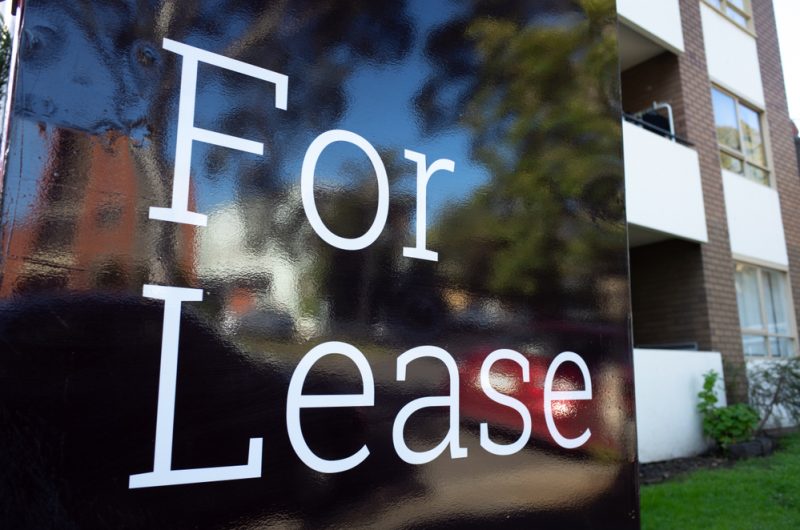- Despite quarterly growth rates beginning to drop in the three months to September, a scarcity of supply and high demand for properties has resulted in a surge in rental costs
- The national rental index grew 1.9 per cent during the September quarter, according to CoreLogic’s quarterly Rental Review
- National rental rates are up 8.9 per cent year-on-year, marking the largest annual increase in housing rents since July 2008
- Although quarterly rental growth has slowed, CoreLogic’s Tim Lawless anticipates rents will climb nationally for the foreseeable future
Despite quarterly growth rates beginning to drop in the three months to September, a scarcity of supply and high demand for properties has resulted in a substantial surge in Australia’s rental costs.
The national rental index grew 1.9 per cent during the September quarter, according to CoreLogic’s latest quarterly Rental Review, compared to a 2.1 per cent gain in the June quarter.
National rental rates are up 8.9 per cent year-on-year, marking the largest annual increase in housing rents since July 2008.
According to CoreLogic Research Director Tim Lawless, various factors were impacting rental growth, including a desire for detached property and a shortage of supply due to historically low levels of investor activity.
“Renters are clearly looking for lower density housing options, with house rents rising at more than double the pace of units rents over the past year, however this trend is starting to narrow, with national house and unit rents rising at the same rate over the September quarter,” Mr Lawless said.
“Another factor that may be contributing to rental demand is that more renters are working from home, which could be driving a trend towards smaller rental households as tenants look to maximise their space and working environment during COVID.”
Although quarterly rental growth has slowed, Mr Lawless anticipates rents will climb nationally for the foreseeable future, but with no increase in household income, renting affordability will ultimately become a problem.
According to Mr Lawless, private sector investors are the major contributors to rental housing supply, accounting for only 23 per cent of housing market activity up to January 2021.
The amount of investors entering the market has begun to rise, with this buying group accounting for 31 per cent of total mortgage demand in August.
Regional dwelling rentals climbed by 2.2 per cent during the September quarter, while capital city dwelling rents increased by 1.7 per cent over the same time.
The annual rate of rental increase in regional Australia is 12.5 per cent in September 2021, the highest annual amount since CoreLogic rental index records began in 2005.
In comparison, the combined capital cities had an annual rental increase of 7.5 per cent over the same time, the greatest annual growth rate for the combined capital cities since January 2009.
Adelaide is still Australia’s cheapest capital city for rentals, with median dwelling rents of $440p per week (p/w) compared to Canberra’s rates, which are the highest in the country at $633p/w.
Melbourne is Australia’s second most cheap rental market, with a median residence costing $450p/w.
Despite growing rental prices in the three months to September, dwelling values grew 4.8 per cent in the same time, resulting in lower gross rental yields, a pattern that has persisted monthly throughout the previous year, the report noted.

